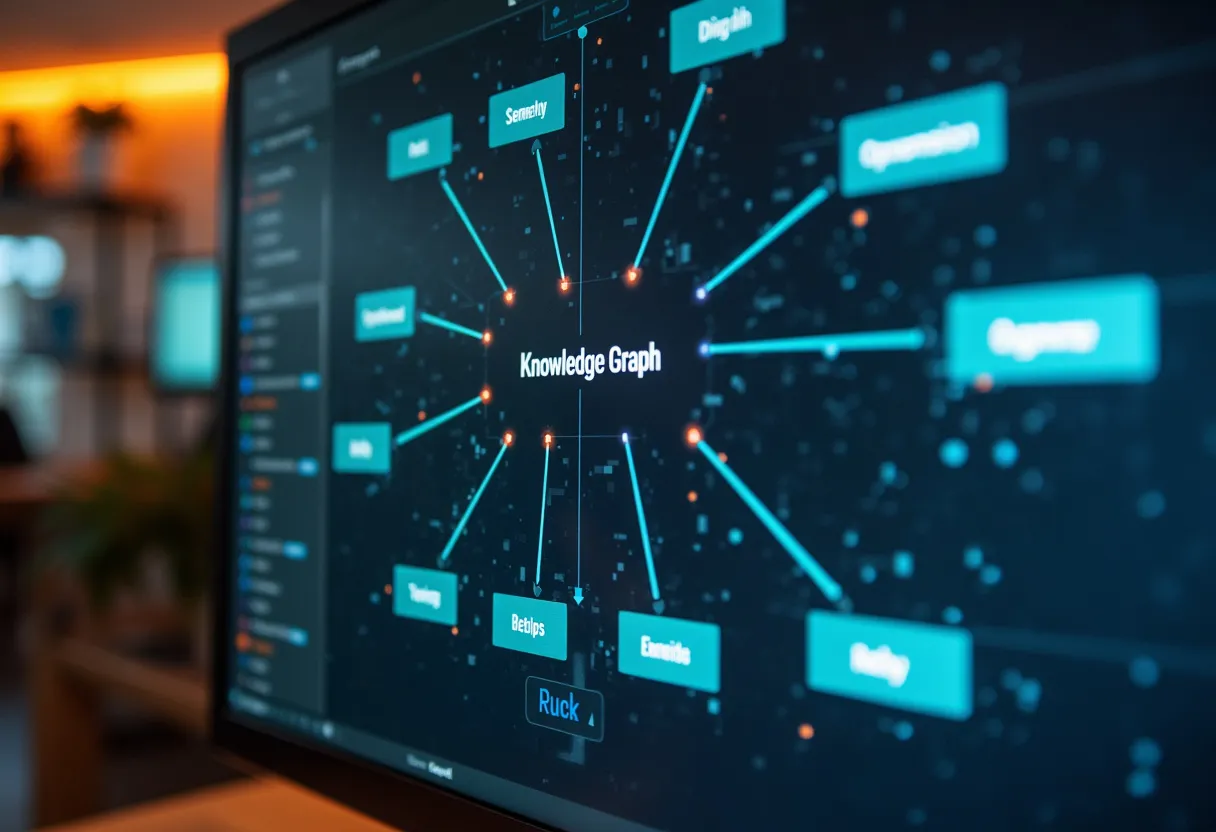Knowledge Graph Optimization
Definition
Knowledge Graph Optimization refers to the process of enhancing and managing online content to align with Google’s Knowledge Graph, a vast database that connects and provides information about various entities such as people, places, businesses, and things. This optimization helps search engines understand the context and relationships between different pieces of information, improving the accuracy and relevance of search results.
How It Works
Function and Concept
Google’s Knowledge Graph operates through a combination of algorithms, indexing, and machine learning. Here are the key components:
Semantic Search:
The Knowledge Graph uses natural language processing (NLP) to interpret the meaning behind user queries, considering context, synonyms, and search intent to deliver more accurate results.
Knowledge Panels:
These appear on the right-hand side of the search results page (SERP) and provide detailed information about a specific entity, such as a famous person or a business.
Rich Snippets:
These features offer users a sneak peek into the content of a webpage directly on the SERP, enhancing the search experience.
Data Sources:
The Knowledge Graph gathers information from reliable sources like Wikipedia, Wikidata, and the CIA World Factbook, organizing this data into a knowledge graph format that maps relationships between entities.
Practical Use Cases
Entity Understanding:
When a user searches for a specific entity, the Knowledge Graph displays relevant information directly in the search results, reducing the need for further searches.
Personalized Results:
The Knowledge Graph helps in providing personalized recommendations by linking related concepts together, such as details about restaurants in a specific city.
Why It Matters
Impact on SEO
Optimizing for the Knowledge Graph is crucial for SEO because it:
Enhances User Experience:
By providing accurate and relevant information directly on the SERP, it improves user satisfaction and reduces the need for additional searches.
Boosts Online Visibility:
Appearing in the Knowledge Graph can increase click-through rates (CTR) and position a brand as a credible authority in its niche.
Improves Brand Reputation:
Knowledge panels can drive clicks to a website, increase brand awareness, and make the brand appear more trustworthy and authoritative.
Impact on Website Performance
Increased Organic Traffic:
Optimizing for the Knowledge Graph can lead to more qualified traffic and higher CTRs, as users are more likely to engage with results that offer them the information they need upfront.
Better Search Engine Rankings:
By providing comprehensive and accurate content, businesses can improve their search engine rankings and manage their online reputation more effectively.
Best Practices
Content Optimization
Create Comprehensive Content:
Focus on creating content that fills gaps in Google’s existing knowledge base, providing new, unique, and accurate information.
Use Structured Data:
Implement schema markup to help Google better understand your business’s structure, services, and other relevant details. This can include using Microdata, RDFa, or JSON-LD.
Profile Management
Complete and Manage Your Wikipedia Page:
Ensure your business or organization has a complete, accurate, and updated Wikipedia page, as Google often pulls information from Wikipedia.
Claim and Update Your Google Business Profile (GBP):
Use GBP to create and manage local business listings in Google, ensuring all information is up-to-date and consistent.
Entity-Based Optimization
Identify and Optimize for Entities:
Use entity-based keyword research to ensure your content is aligned with the entities that Google recognizes. This helps in establishing your brand as an authority in specific topics.
Consistency and Accuracy
Ensure Consistency Across Platforms:
Keep your business information consistent across all platforms, including social media profiles and directory listings. Use tools like SEMrush to manage multiple directories.
Update Information Regularly:
Regularly update your content and profiles to ensure that the information Google uses is accurate and current.
Tools and Resources
Use Google’s Structure Data Markup Helper:
This tool helps in creating and testing schema markup for your webpages.
Leverage Semrush’s Keyword Magic Tool:
This tool can help identify search terms that trigger knowledge panels and other SERP features.
By following these best practices, businesses can effectively optimize for the Knowledge Graph, enhancing their online visibility, user experience, and overall SEO performance. Incorporating methods like Google Knowledge Panel Optimization, Schema Markup, and Entity-Based SEO can dramatically improve your presence in Google’s Knowledge Graph. The strategic use of semantic search optimization and maintaining topical authority are essential in staying relevant and visible online.
Conclusion
The evolving landscape of search requires businesses to adapt and optimize their content to be easily understood by search engines. Knowledge Graph Optimization plays a pivotal role in bridging the gap between user queries and the underlying information that satisfies those queries. By creating comprehensive content, using structured data, and maintaining consistency and accuracy, businesses can position themselves as authoritative sources of information, significantly improving their SEO performance and enhancing their online visibility and reputation.



